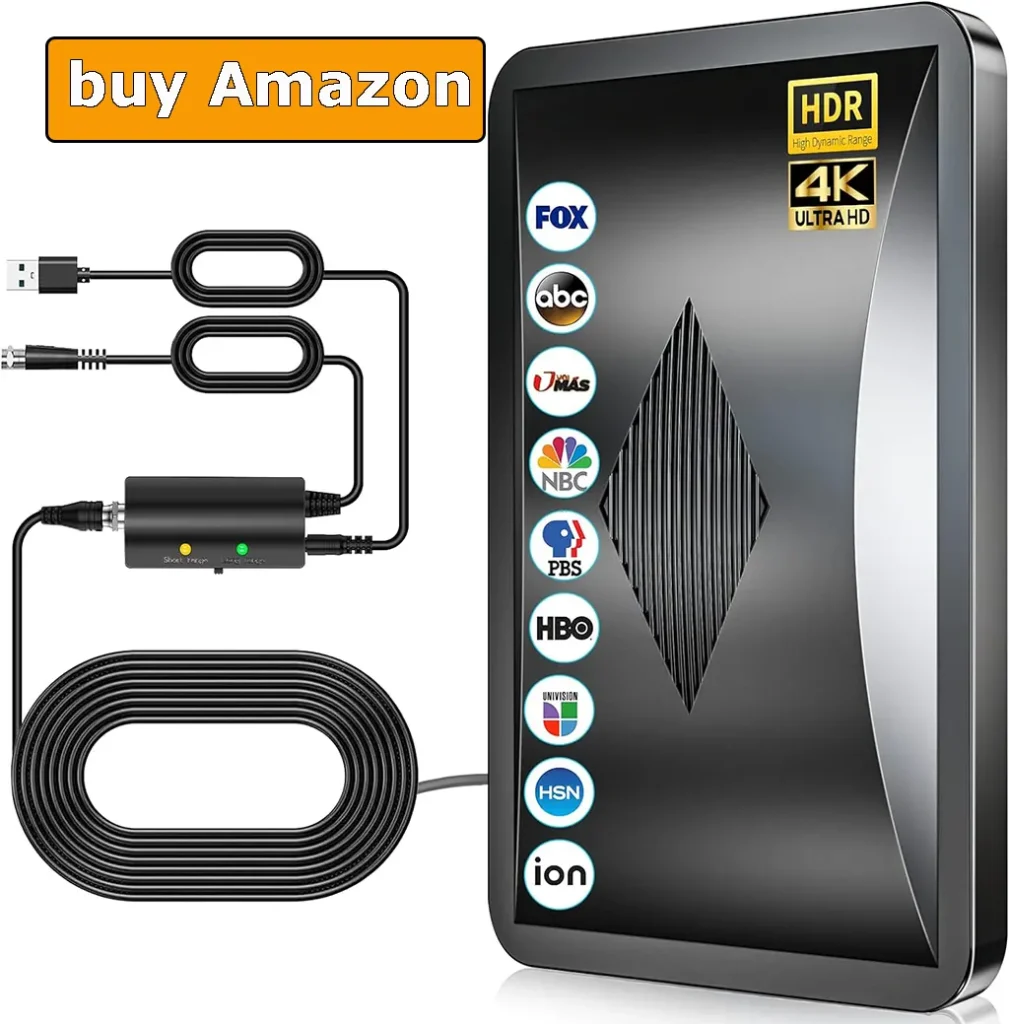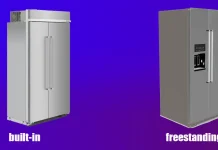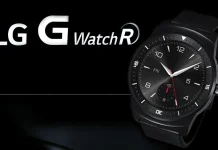NEXTGEN TV or ATSC 3.0 are the names you may encounter in the US. A lot of material has been written about it, but I, for one, never realized whether NextGen TV and ATSC 3.0 are different or not. I researched the issue, and here’s what you should know.
NEXTGEN TV vs ATSC 3.0
ATSC 3.0 is the next third-generation terrestrial (over-the-air) broadcasting standard designed to replace the first-generation ATSC 1.0 standard. The ATSC 2.0 standard was in development, but became obsolete and was not implemented, and the developments of the 2.0 standard were incorporated into the 3.0 standard.
NEXTGEN TV (Next Generation TV) is a brand name used by the Consumer Technology Association in the United States to refer to televisions capable of receiving ATSC 3.0 broadcasts. There are no broadcast standards or technology behind the name. Even the NextGen website mentions it. (The features available on NEXTGEN TV will depend on the device and broadcaster as commercial services become available in local markets.)
In any case, it’s a nice name that TV manufacturers can use.
The available TV features are specified in the ATSC 3.0 standard and have nothing to do with NEXTGEN TV. But, as is usually the case, a standard or technology has a commercial name that begins to be used more actively than the reference to the standard itself.
- Site NextGen: https://www.watchnextgentv.com/
- Site ATSC: https://www.atsc.org/
Evolution of ATSC 3.0 (NEXTGEN TV): A Response to Advancing Television Technology
The impetus behind developing the ATSC 3.0 standard, colloquially known as NEXTGEN TV, stems from technological advancements in television manufacturing from 2015 to 2016. This period witnessed a surge in mass production of 4K televisions, accompanied by the introduction of High Dynamic Range (HDR) support in these displays.
The predecessor, ATSC 1.0, in use at that time, was constrained by its capability to deliver only Full HD video without HDR support. Recognizing the limitations of this standard in the face of an evolving consumer landscape, a new broadcasting standard became imperative.
In adapting to the market demands for higher resolution and enhanced visual quality, television manufacturers catalyzed the need for a standard that could accommodate these advancements.
This paradigm shift in broadcasting standards was fueled by a dual objective: to embrace and embody the spectrum of new broadcasting technologies, including 4K resolution and HDR, and to empower broadcasting companies to vie with internet services for video dissemination. It became evident that failure to keep pace with these technological strides would have profound consequences for terrestrial broadcasting operators.
Features and global adoption of ATSC 3.0 (NEXTGEN TV)
The ATSC 3.0 standard, also known as NEXTGEN TV, offers a range of advanced features, positioning itself as a versatile and adaptive broadcast solution. Key attributes of this standard include:
- Legacy support: ATSC 3.0 provides continuity by supporting legacy standard definition (SD) and high definition (HD) broadcast standards. This feature allows broadcasters to seamlessly transition to the new standard while maintaining compatibility with previously recorded content.
- 4K broadcasting: The standard enhances the visual experience by supporting 4K (UHD) broadcasting at frame rates of up to 120 frames per second, exceeding the capabilities of its predecessor. This enhancement responds to the growing demand for higher-resolution content.
- Dynamic Range Support: ATSC 3.0 supports High Dynamic Range (HDR) technology, giving broadcasters the flexibility to deliver content with superior contrast and color accuracy. The standard supports Hybrid Log-Gamma (HLG) and Perceptual Quantizer (PQ) dynamic range formats.
- Enhanced Audio Profiles: Including Dolby AC-4 and MPEG-H 3D Audio profiles enhances the viewer’s audio experience by providing immersive, high-quality audio reproduction.
- Emergency Alert System: ATSC 3.0 enhances public safety with a dedicated emergency alert system. Even when the TV is turned off but remains connected, a digital video receiver continuously monitors for emergency signals. When they are detected, the TV is activated, displaying important emergency messages on the screen. When the TV is in use, it switches to receiving emergency signals.
In terms of global adoption of ATSC 3.0, South Korea was a pioneer, adopting the standard in 2017. The United States followed suit, implementing ATSC 3.0 starting in 2020. Notably, the transition in the US is optional, allowing companies to gradually migrate to the new standard. This flexibility is in line with the industry dynamics, where companies are keen to migrate to ATSC 3.0 to provide a higher level of broadcast services.
Do you need an antenna for ATSC 3.0?

An antenna is required to receive ATSC 3.0 (NEXTGEN TV) transmissions. ATSC 3.0 uses over-the-air (OTA) transmissions like its predecessor ATSC 1.0. You must use an antenna to receive over-the-air signals broadcast by television stations. Antennas come in many forms, including active, passive, outdoor, and indoor antennas. Choose the antenna that best suits your needs for receiving terrestrial television.






